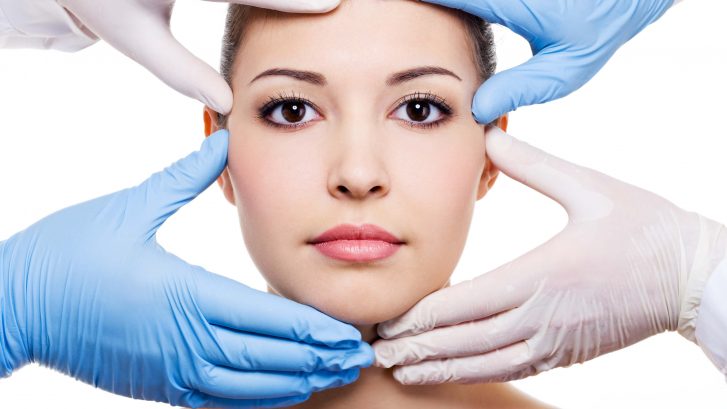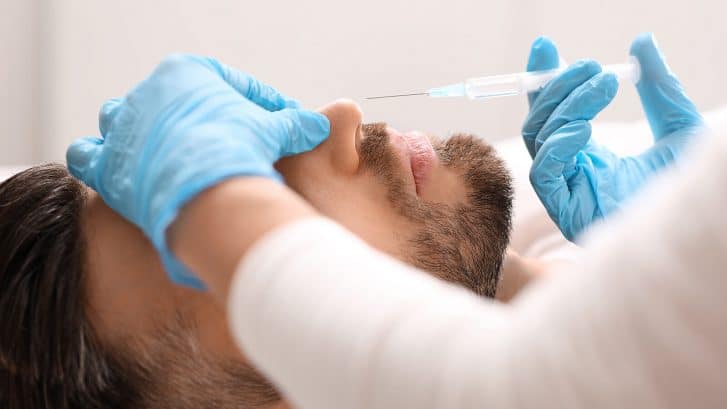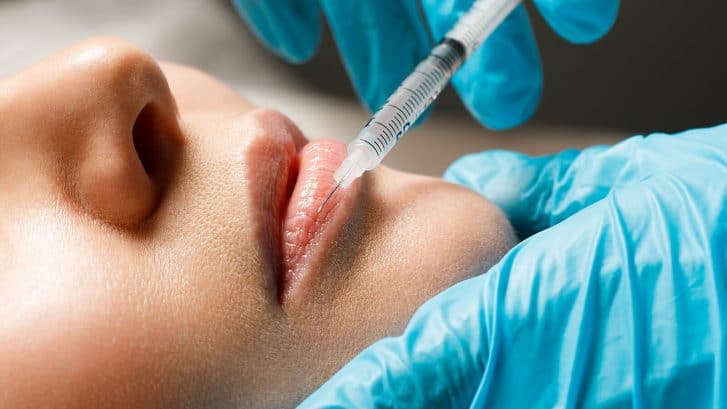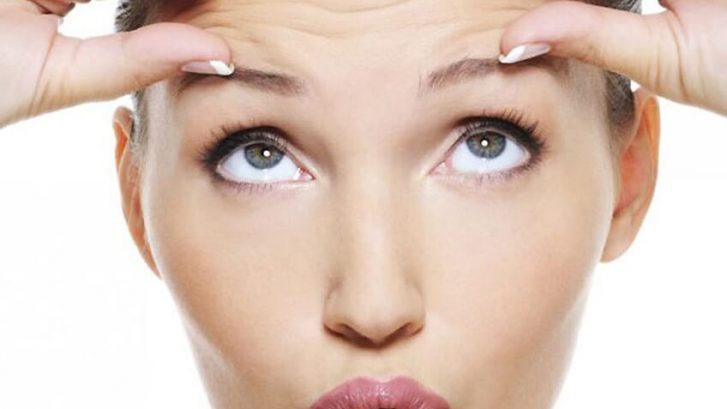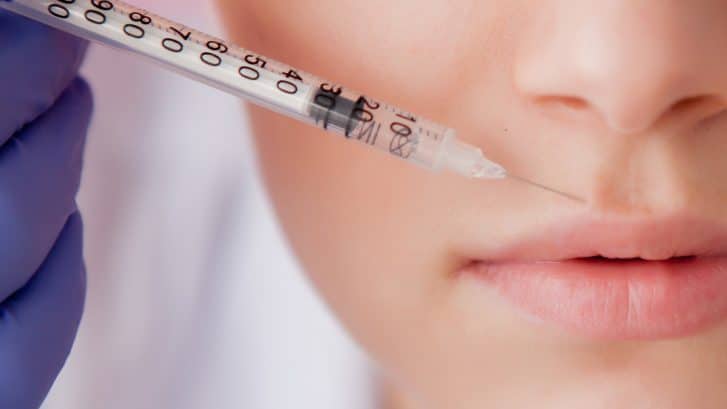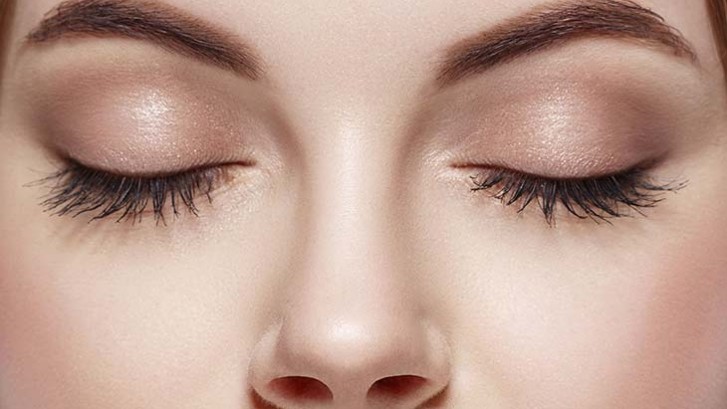All You Need to Know About Masseter Botox
You might know Botox as the “wrinkle eraser,” but did you know that it has a wide range of non-cosmetic applications too? If you’re suffering from jaw pain or headaches caused by grinding your teeth, masseter Botox can help relax your jaw muscles and ease the pain. Discover the many uses of masseter Botox and what to expect when you go in for the procedure.
What is Masseter Botox?
Botox is a drug that can be injected in small doses to paralyze target muscles or block certain nerves. Doctors use it for a range of both cosmetic and non-cosmetic purposes.
When Botox is injected into your lower jaw (known as your masseter muscles), the procedure is called jaw Botox or masseter Botox. When you receive masseter Botox, the drug causes those muscles to relax.
Masseter Botox is a non-surgical treatment that can be completed in a doctor’s office.
What is Masseter Botox Used For?
Masseter Botox has a range of both cosmetic and non-cosmetic applications. It can be used to help if you:
- Grind your teeth
- Experience jaw tension or clenching
- Suffer jaw pain
- Suffer from headaches
- Have a prominent jawline you’d like to slim down or contour
- Want to balance the shape of your face
How Does Getting Masseter Botox Work?
If you’re thinking about getting jaw Botox, it can help to know what to expect.
1. Your Consultation
You’ll start by having a consultation with a medical professional. During your consultation, the doctor will:
- Ask you questions to determine whether masseter Botox is the best solution for your issue or goal.
- Conduct a thorough examination of your face.
- Choose the most effective injection site(s).
- Determine how many syringes of Botox you will need.
2. The Procedure
Receiving Botox is a quick and simple procedure. It generally takes about 15 minutes and can be completed in a doctor’s office.
To administer Botox, your doctor will:
- Clean your skin around the injection sites to avoid infections.
- Use topical anesthetic to numb your face.
- Fill a syringe with Botox.
- Insert the syringe into your jaw.
- Inject the Botox. As they do this, they will slowly withdraw the syringe.
- Repeat the above steps for any additional syringes or injection sites you need.
3. Immediately After the Procedure
Receiving Botox generally doesn’t require any recovery time, so you can expect to go about your day as usual immediately following your procedure.
To avoid spreading the Botox to other parts of your face, for the first 24 hours following your procedure you should not:
- Rub your face
- Put pressure on your injection sites
- Exercise
4. Seeing Results
The results of your jaw Botox procedure will be evident in about one week, though some people see results as soon as the next day.
4. Follow-Up Procedures
The results of Botox are temporary. You can typically expect masseter Botox to last for three or four months, after which you’ll need to have another procedure done to maintain the results.
What Are the Potential Side Effects of Masseter Botox?
Masseter Botox is generally safe, but like all medical procedures, comes with the risk of some side effects including:
- Injection site pain, swelling, or bruising
- Drooling
- Flu-like symptoms
- Headaches
- A crooked smile
Where Can I Find a Qualified Surgeon to Administer Masseter Botox?
It’s important to find a qualified surgeon you can trust to administer masseter Botox.
Dr. Binder is a highly respected professional with over 30 years of experience in cosmetic and reconstructive surgery. He is board certified by both the American Board of Facial Plastic and Reconstructive Surgery and the American Board of Otolaryngology and Head and Neck Surgery.
If you’re struggling with jaw pain or any of the other issues listed above, reach out to Dr. Binder to find out if masseter Botox is right for you.
Get in touch today to book a consultation!

